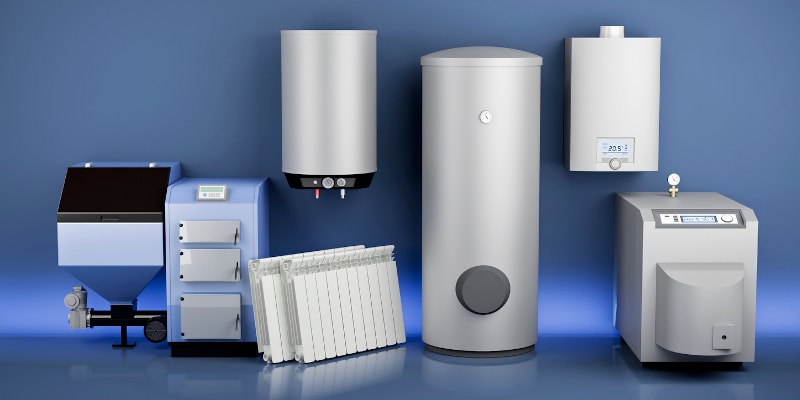You want your heating system to keep your family warm and comfortable during the cold Gurnee, IL, winters. If your current system isn’t getting the job done, it may be time to look at a new heating system for your home.
What Do You Need to Know About Your Heating System?
You want to make the correct decision when choosing a new heating system. The best way to ensure that you choose the right system is to understand your heating needs, how your home is currently heated now and the different types of heating systems that are available. Once you know that, you can discuss your new system with an HVAC professional.
Understanding Your Heating Needs
The two important parts to understanding your heating needs are the climate you live in and the type of home you have. The historic temperature range in Gurnee, IL, during the winter months is 15 to 35 degrees, so you will definitely need a robust heating system to keep you and your family comfortable.
The type of home you have is also an important factor. Some heating systems are more appropriate for a condominium or other type of multi-family building than for a large single-family home.
Home type is important not only because your square footage directly affects what type of unit you need but also because the type of home you have determines how you calculate heat loss. For example, a condo will typically have fewer exterior walls and windows than a single-family home. Condos will also typically have a small, wall-mounted heating unit, while larger homes will have a floor-mounted unit in the basement.
Another important factor is your desired (target) indoor temperature. Whether you and your family set the thermostat at 65 degrees or 72 degrees will have a major impact on the type and size of the heating unit you need.
Understanding Your Current Heating System – What Appliance Do You Have?
The two basic types of heating units are furnaces and boilers. Furnaces heat air to warm your home, while boilers generate hot water. You also need to know what fuel your heating unit uses; most heating units use natural gas or oil heat, although some newer units are electrically powered.
Understanding Your Current Heating System – How Is the Heat Distributed?
Heat distribution is the mechanism used to move heat from the furnace/boiler throughout your home. There are four general methods of heat distribution:
- A forced-air system is the most common; this type blows hot air through the ducts.
- A hydronic system uses baseboard radiators.
- A radiant system uses embedded water pipes to heat the walls, floor or ceiling
- The rarely used convective system relies on natural air movement
What If You Want to Change My Heat Distribution System?
You should know that the type of appliance and distribution system needs to match and changing means of heat distribution can be a costly decision. For example, changing from a boiler/hydronic system to a furnace/forced air system will involve removing radiators and installing ductwork.
Many homeowners decide to incur the expense of installing ductwork because it also allows the use of central air conditioning during the warmer months. That could be an important consideration if you currently have a hydronic heating system and want to change.
What Type of Heating System Is Right for You?
Now that you have an understanding of your heating system, it’s time to consult with an HVAC professional about your options. We can help you decide whether a furnace or boiler is the best appliance to keep you and your family comfortable through the winter months.
A wide variety of gas furnaces for all types of homes are available to suit your needs. If you decide that a boiler is right for you, there are several different types available as well. Contact us at Ireland Heating & Air to discuss your options to upgrade or replace your heating system.
Image provided by iStock



